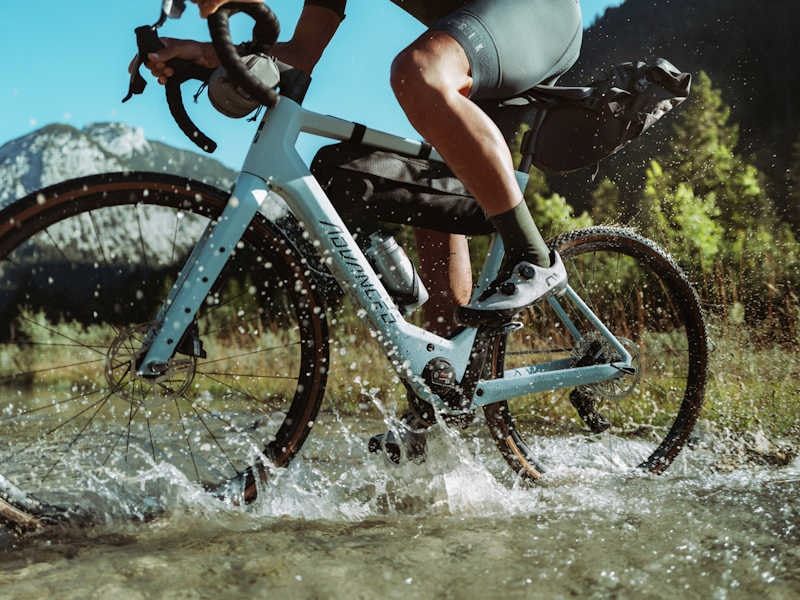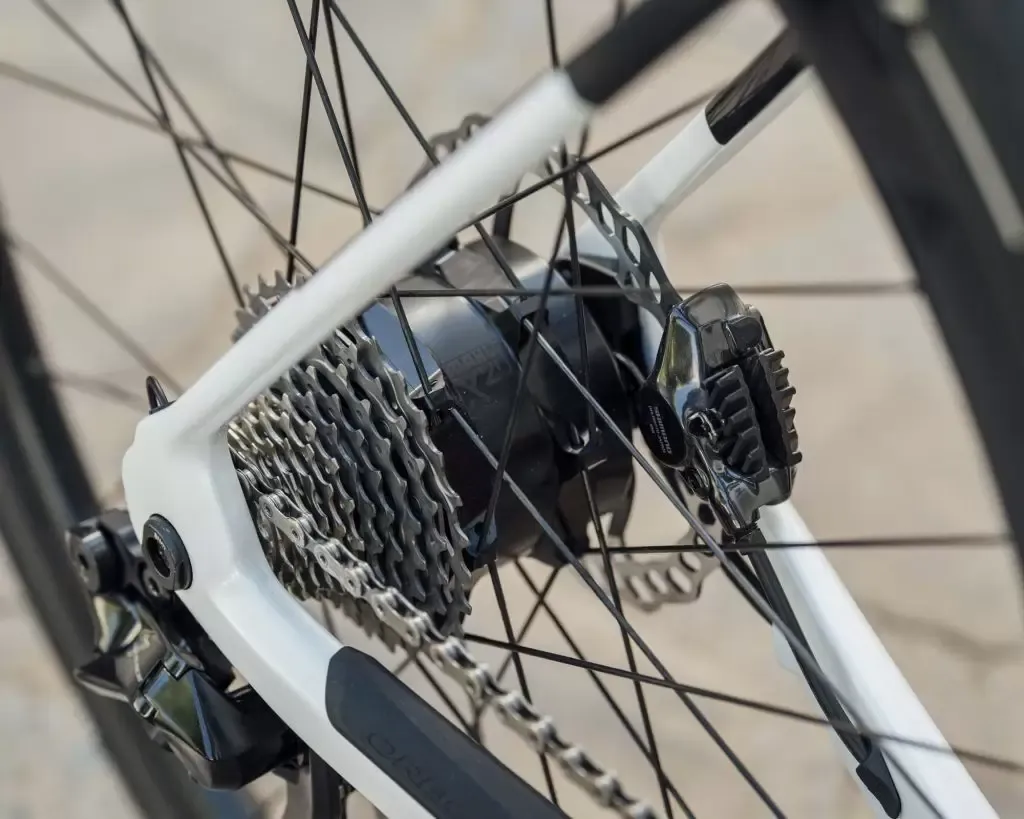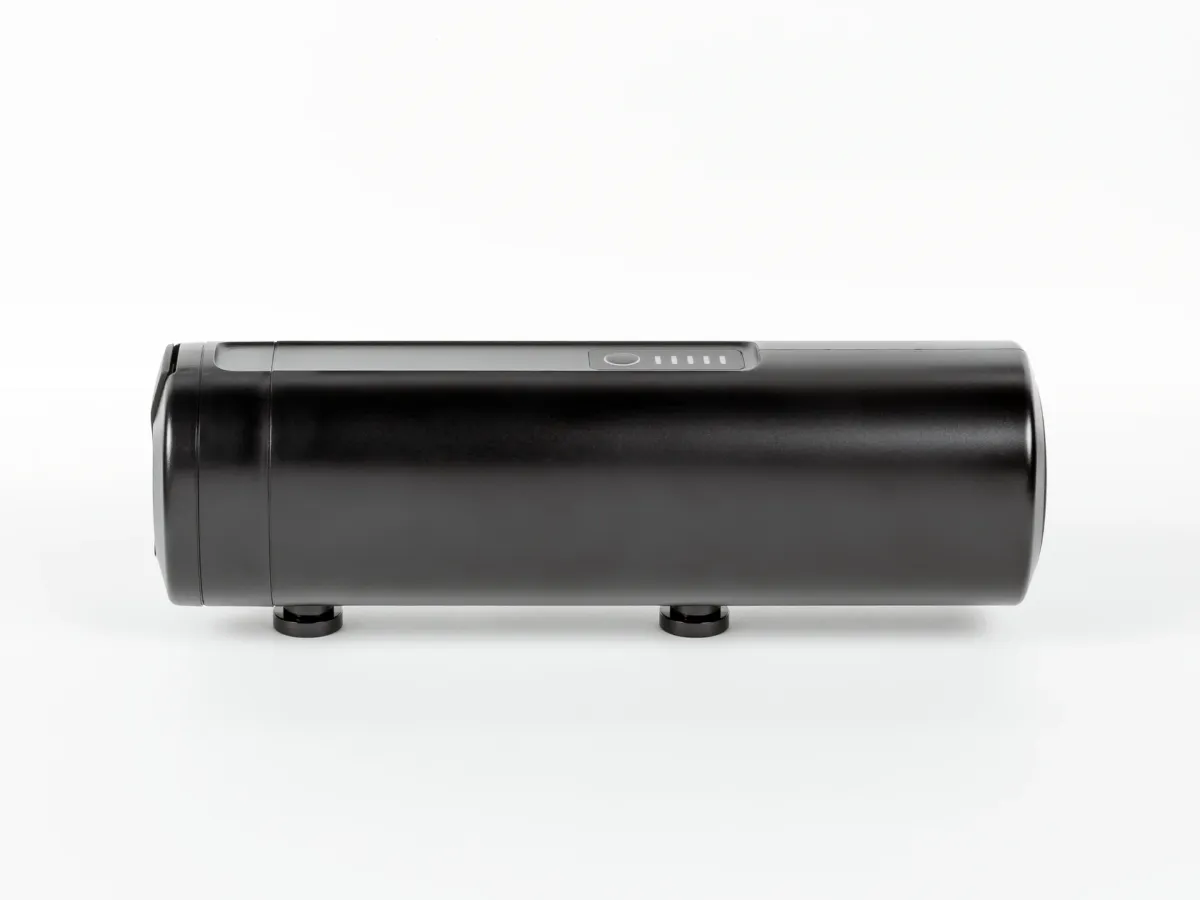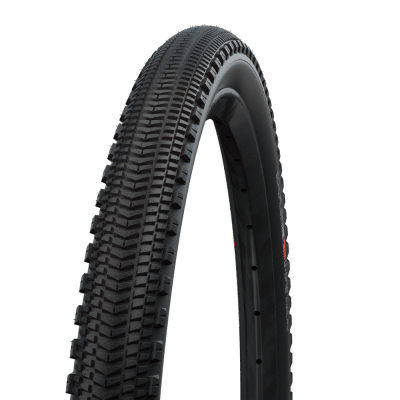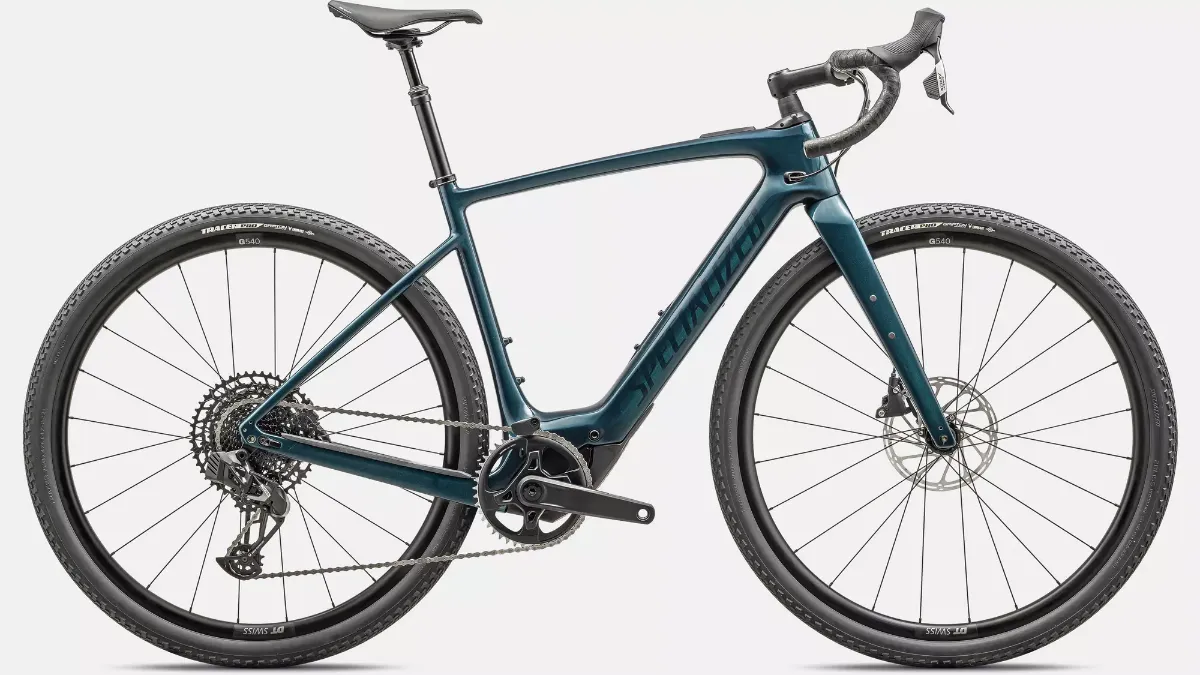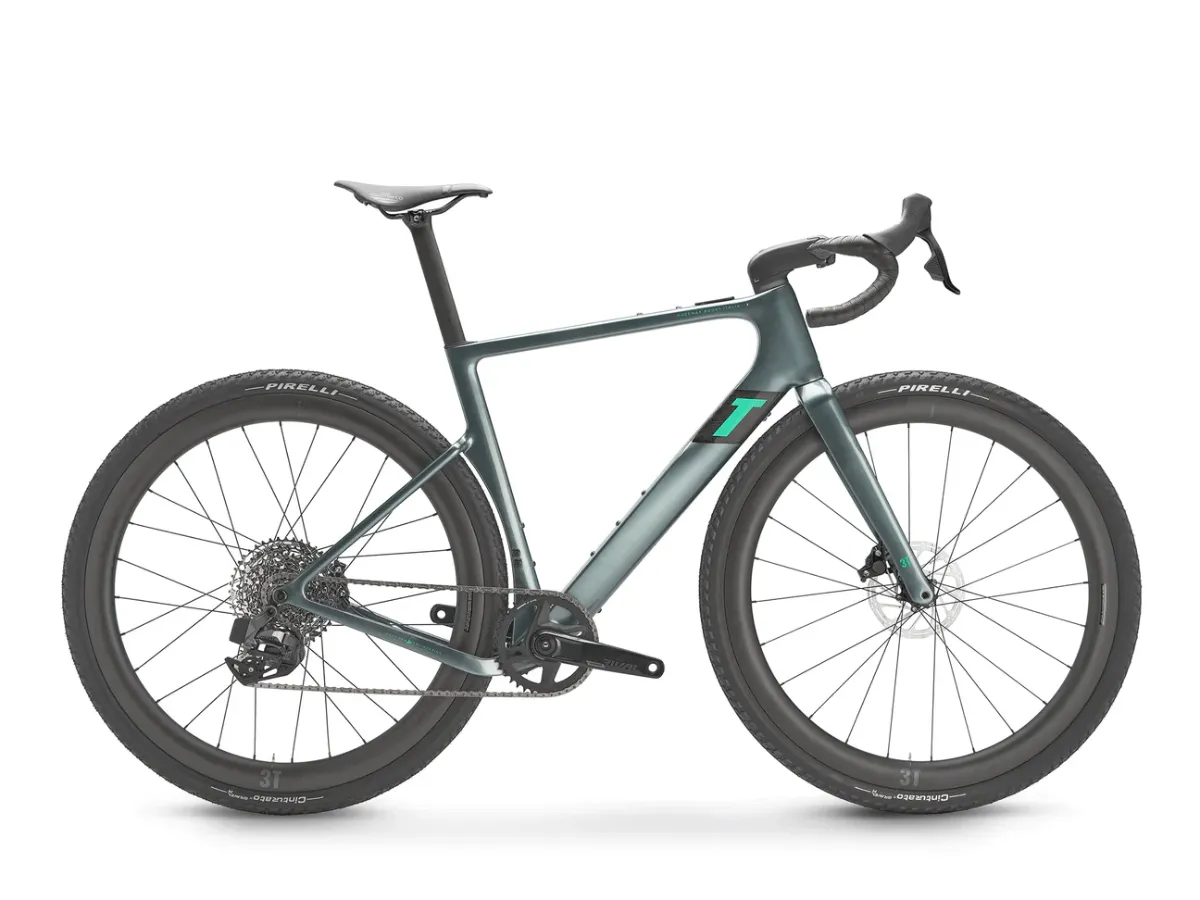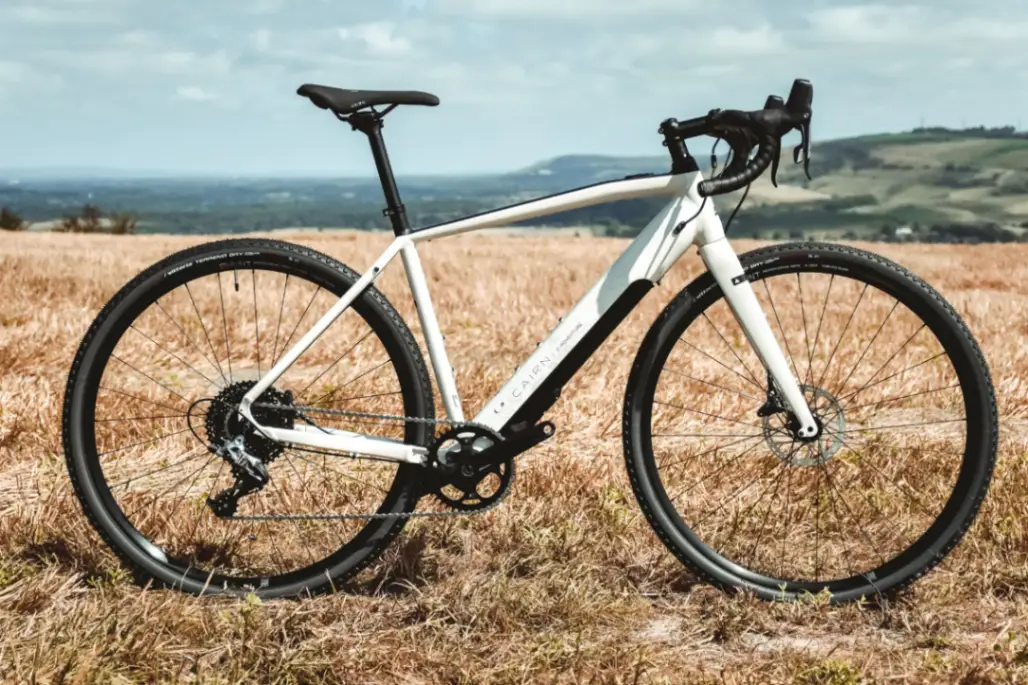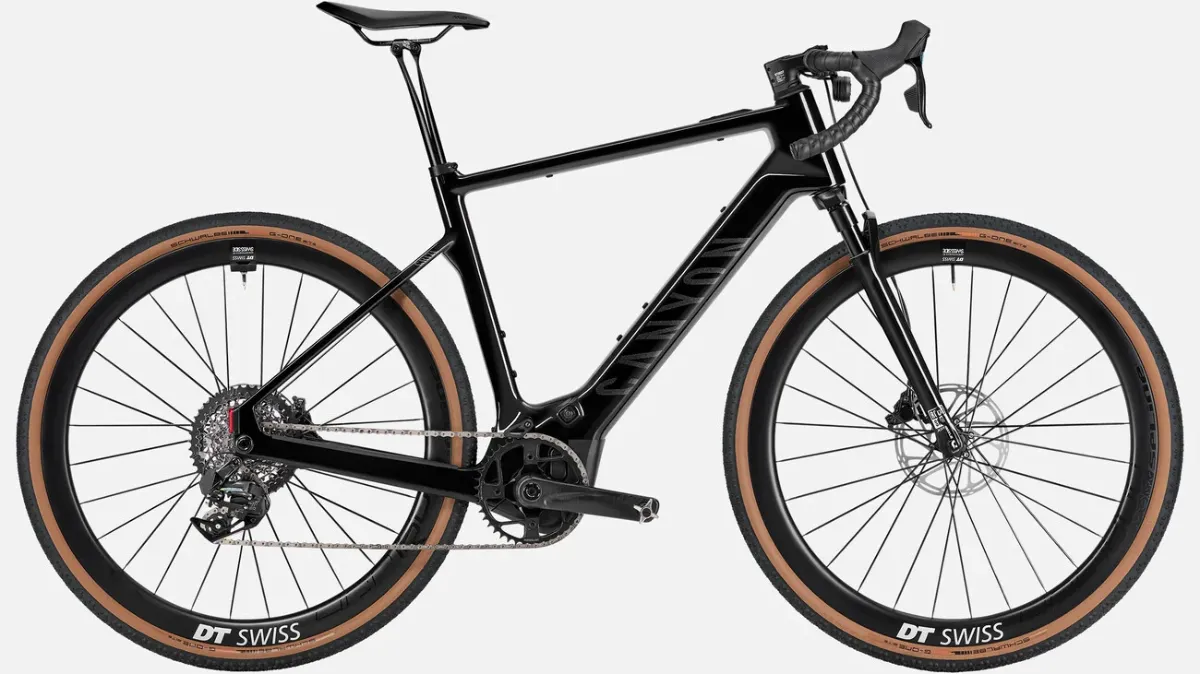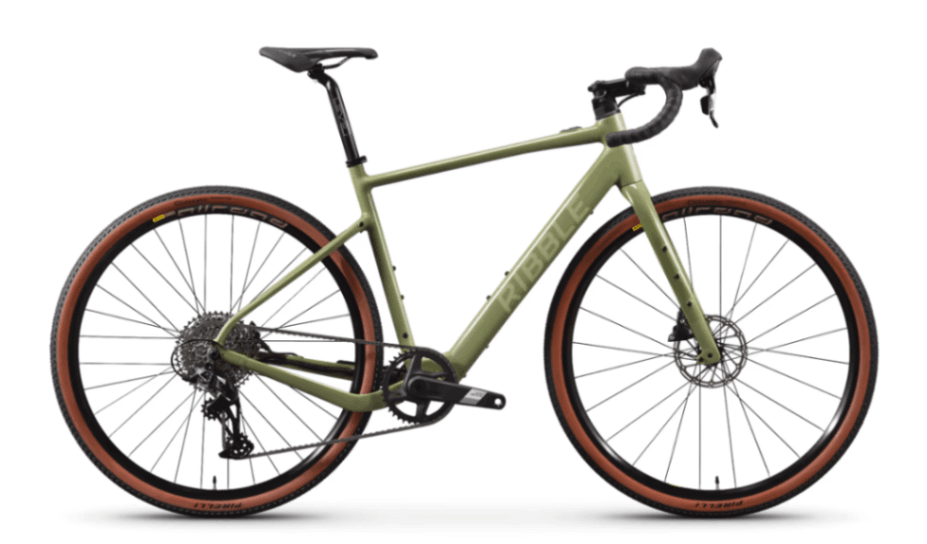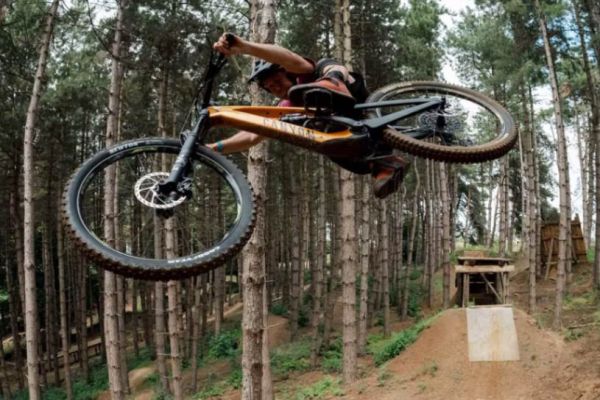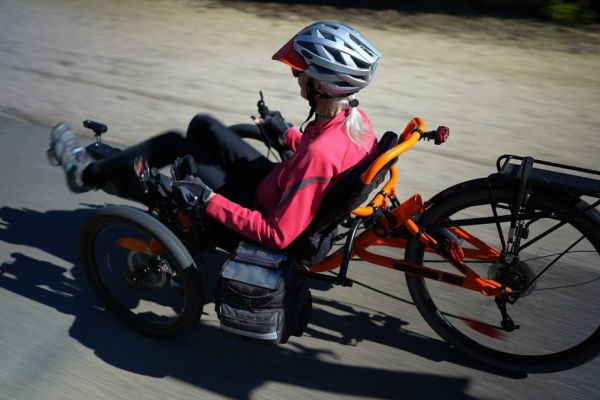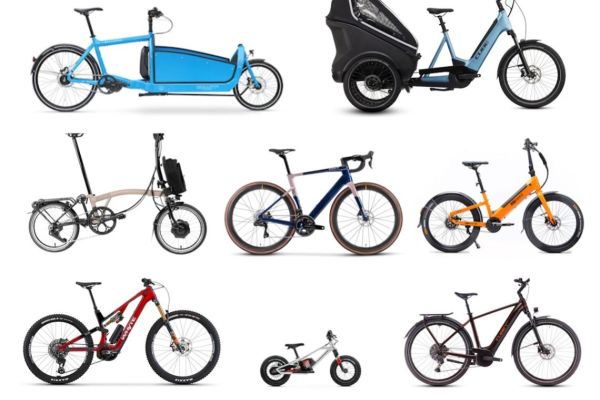Electric gravel bikes: The definitive guide
Gravel bikes are all the rage right now. Adding a motor makes these do-it-all explorers even more compelling.
Key takeaways
-
Electric gravel bikes sit between electric road bikes and electric mountain bikes in terms of terrain suitability - they're better on roads than mountain bikes and better on trails than road bikes.
-
There's a lot of variation in the electric gravel bike category, from lightweight performance-oriented offerings to those that prioritise luggage carrying ability and range.
-
Electric gravel bikes are possibly the most versatile electric bikes, being reasonably effective on a wide range of surfaces. They're good for recreation or fitness riding but make effective commuting bikes too.
We're fiercely committed to editorial independence. To fuel us to craft expert content we use affiliate links (*) through which we may receive commission.
What is a gravel bike?
In the world of unassisted bicycles for enthusiast riders, gravel bikes are the current big thing. Gravel bikes sit between road bikes (designed for speed and distance on Tarmac) and mountain bikes (designed to tackle steep, rough off-road trails). A typical gravel bike will have the general outline of a road bike, with a rigid frame and fork and the characteristic drop handlebars. But instead of narrow slick tyres, there'll be fatter knobbly tyres - just not as fat or knobbly as a mountain bike tyre.
As the name suggests, the natural habitat of the gravel bike is on unsurfaced roads such as you may find in a forest or across moorland. In the right hands a gravel bike is capable of taking on some pretty tricky trails, but it's not the ideal tool for that. Similarly, the riding position of gravel bike means that it'll deliver a brisk ride on the road, just not quite as brisk as a pure road bike. Gravel bikes have been described as "better on road than a mountain bike and better off-road than a road bike", which sums them up pretty well.
Include a motor and battery for a healthy dose of pedal assistance and the gravel bike becomes an even more versatile beast. Depending on your goals and fitness, you can either cruise around the countryside with just the right amount of effort to get a bit of exercise, or rely mainly on leg power and use the motor to help with hills and open up opportunities to cover bigger distances than your own legs and lungs would deliver.
At risk of muddying the waters, you'll also see flat-bar bikes marketed as gravel bikes. Some of these are almost exactly the same as the drop-bar equivalent but with mountain bike-style flat or riser bars. You don't get the full aero benefits of the racier riding position, but not everyone can access the lower positions anyway and flat bars are more user-friendly for less experienced riders.
If an electric gravel bike isn't right for you, explore our guide to e-bike types to find another options that will work for you.
Benefits of electric gravel bikes
Electric gravel bikes are an excellent choice for riders looking to conquer steep, challenging off-road ascents with ease. These versatile e-gravel bikes provide the added power and assistance needed to navigate rough terrain, making them perfect for adventurous riders who enjoy tackling technical trails and rugged landscapes. With their ability to handle various surfaces, from rocky paths to muddy tracks, electric gravel bikes are ideal for those who seek a bike that can adapt to different environments. Whether you're climbing steep, sketchy surfaces or cruising along smoother trails, the combination of electric assistance and the agility of a gravel bike ensures a comfortable and exhilarating ride. These bikes are particularly beneficial for riders who want a single bike capable of handling diverse terrain, offering a grin-inducing ride that blends the thrill of off-road exploration with the convenience of electric power.
Given its position in between other bike categories, the e-gravel bike is one of the more versatile e bikes out there. The mix of wide tyres and a performance riding position makes them pretty good at most things. They'll typically have rack and mudguard mounts too and make great longer-range commuting bikes.
Choosing the best electric gravel bike for you
Motor
As with any electric bike, the core components of an electric gravel bike are the motor and battery. The majority of e-gravel bikes use a mid-mounted motor driving the rear wheel through the standard bike transmission. This arrangement has a number of benefits. The weight of the motor is low down and in the middle of the bike, where it has the least effect on handling - important as terrain gets more difficult. Driving through the bike's gears also lets you make the most of the motor's power and torque, while also facilitating the use of crank torque sensors rather than speed sensors - this generally gives smoother power delivery as you change your pedalling cadence.
You will find gravel bikes with hub-mounted motors at both ends of the market. There are plenty of entry level hub-motored bikes. They're still a viable option, but there are downsides to having the weight of the motor at one end of the bike and you don't get the mulitplying effect of gears. For legal reasons continuous power output will be limited to 250W, but peak power can be substantially higher and there are no torque limits - bigger numbers here are better! At the high end, a number of manufacturers opt for hub motors in the interest of reduced overall weight - mounting the motor in the frame involves adding significant extra material to the frame design. Also in pursuit of lower weight, these performance gravel e-bikes often use smaller, less torquey motors intended to provide just a boost rather than constant full power.
Battery capacity
One of the key considerations with a gravel e-bike is range. Or, more specifically, the trade-off between range and weight. The bigger your battery, the further you can go, which is good. But bigger batteries are also heavier. The difference between a small and large capacity battery can amount to several kilogrammes, which is significant. So which to choose?
You need to think carefully about what you're going to use the bike for. If you're reasonably fit and active, or already a cycling enthusiast, you may be looking for a fairly low level of pedal assistance - enough to make a difference on the steepest hills. Remember that to count as an Electrically Assisted Pedal Cycle the motor must cut out above 25kph (15.5mph) - a fit rider is likely to be at or around that speed on the flat, so you won't be using any power. As a result, you're in a position to take the weight advantage of a smaller, lower capacity battery.
On the other hand, if you're looking for more continous power delivery, cruising along at 15mph on the flat while just gently turning the pedals, a larger battery capacity is the best choice for the longest possible rides. Yes, it'll be a heavier bike, but if you're using the motor the whole time then a lightweight, low-capacity battery will limit the length of your rides quite substantially.
The good news is that there are increasing options for battery size, and often quite a lot of flexibility if you're not sure. Some bikes have space in the frame for a big battery but you can fit a smaller one instead, and some low-capacity bikes can be fitted with extra range-extender batteries. If you're not sure what you need, or if you think your needs may change in the future, look for a bike that gives you these options.
Wheels and tyres
One of the defining characteristics of a gravel bike is the wheel setup. Most gravel bikes use the same 700c wheel size as road bikes, but while road bike tyres are typically 23-30mm with, at most, a grooved tread, gravel bike tyres are more like 38-50mm. The bigger volume allows lower tyre pressures, which gives you more grip and more comfort.
Tread designs vary a lot, from mildly textured to very knobbly. Most gravel bike tyre designs aim to be reasonably fast rolling, with small, overlapping blocks or even a full centre ridge, but with enough tread on the shoulders for cornering grip on loose surfaces. If you're planning to spend more time on firm surfaces, look towards the faster-rolling tyres. Remember that tyres are consumable items, though - if the tyres that come with the bike aren't quite what you need, you can always change them. Some gravel bikes are equipped with slightly smaller 650b wheels, making room in the frame for bigger tyres of 50mm and up, if you need even more volume.
Riding position
While flat handlebar gravel e-bikes exist, drop handlebars are one of the things that sets gravel bikes apart from lightweight mountain bikes or fast hybrids. These curly bars have been around for over a century and while the shape has been refined and modified over the years, the concept is the same - one set of bars that give you multiple hand positions. You can ride with your hands close together on the top, or right down on the ends. Or you can hold the hooked parts of the bar and reach the brakes too. Or rest your weight on the brake lever hoods. Gravel bikes often come equipped with flared bars, where the dropped sections are angled outwards. This style is a little more comfortable than traditional drops, with the considerable benefit of making the bars wider in the hooks/drops for better control off-road without moving the lever hoods further apart.
Frame features
Bikes with more of an adventure/expedition slant will feature lots of mounting points on the frame and fork, allowing you to carry multiple bottle cages, packs, racks, mudguards and so on.
E-gravel bikes at the performance end of the market are likely to be less luggage-ready, with a few having just bottle bosses. If in doubt, opt for more mounting points rather than fewer - you don't have to use them all and you can't easily add more!
Electric gravel bike examples
Specialized Turbo Creo 2 Comp
While many high-end electric gravel bikes use a rear hub motor in the interests of low weight, Specialized has used its own Turbo SL1.2 mid-drive setup. It's less discreet in terms of appearance but driving through the bike's gears is an advantage on steep climbs. The Creo's aluminium frame features Specialized's Future Shock shock-absorbing "floating" fork to slightly isolated the rider from bumps, with the big tyres helping with comfort and control too. The Creo also features a dropper seatpost so you can lower the saddle on the fly if the terrain gets particularly sketchy.
3T RaceMax Boost
Even within the sub-category of e-gravel bikes there are sub-sub-categories. 3T's RaceMax Boost is very much at the performance end of the spectrum, pitched at riders who are more interested in pace than packing. The sleek profile of the carbon fibre frame is preserved with the use of a Mahle X20 rear hub motor, with a 236Wh battery concealed inside the down tube. Wireless SRAM transmission rounds of a high-tech package.
Cairn E-Adventure 1.0 Rival
Cairn's electric gravel option uses the extremely compact Fazua Ride 50 motor, giving the bike a discreet profile. The Fazua isn't the most powerful or torquey mid motor, but that's by design - the aim is a lightweight boost rather than full power.
Canyon Grizl:ONfly CF 9
Canyon has opted for a mid-drive Bosch motor for the Grizl, choosing the SX variant for its blend of light weight and useful power. Unusually for a gravel bike, this one has a suspension fork in the shape of a 40mm RockShox Rudy. Adding to the array of tech is the SRAM wireless shifting setup and the fully-integrated Lupine light system.
Ribble Gravel AL e Sport
Like the 3T ExploroMax, Ribble's Gravel AL e Sport uses a Mahle rear hub motor, although here it's the slightly heavier, less torquey X35 variant. The frame is aluminium, with a distinctive asymmetric chainstay design and lots of mounting points for luggage. The Ribble is ready for the rough stuff, with high-volume 45mm tyres.
Frequently Asked Questions
Are gravel e-bikes more powerful than road e-bikes?
Generally not. In terms of wattage, legal e-bikes max out at 250W and it's not surprising that almost every electric gravel bike has a rated continuous power of exactly that. There's some variation in peak power but the main motor characteristic is torque, or how hard the motor can turn. The differences here aren't between electric gravel bikes and electric road bikes (or indeed electric mountain bikes) but within each of those categories.
You'll find some electric gravel bikes with lightweight, low-torque (say 40Nm) motors and some with heavier but more potent motors up to about 100Nm and the same is true of road bikes. You need to decide if you want a bike that'll give you a bit of help on the hardest parts of the ride (in which case go light and low torque) or one that'll do more of the work for you (high torque and take the weight penalty).
What type of tyres are most suitable for a gravel e-bike?
When selecting tyres for a gravel e-bike, it's essential to consider the type of terrain you'll be riding on and the level of grip and comfort you desire. The usual width is around 40mm but some electric gravel bikes will take 50mm or even larger tyres. Wider tyres offer increased stability and traction on rough and uneven surfaces. These tyres are designed to handle a variety of terrains, from loose gravel to muddy paths, providing a comfortable ride even on challenging trails.
Look for tyres with a robust tread pattern that can effectively grip the ground, ensuring you maintain control when navigating technical trails or steep inclines. Tubeless-ready tyres are also a popular choice for gravel e-bikes, as they allow for lower air pressure, which enhances grip and reduces the risk of punctures. Ultimately, the best tyres for your gravel e-bike will depend on your riding style and the specific conditions you expect to encounter on your adventures.
Does the battery on a gravel electric bike differ from the battery for a standard e-bike?
As with motors, there's at least as much variation within the category as between it. Lightweight electric gravel bikes with low-torque motors often come with lower-capacity (and hence lighter) batteries. The thinking here is that riders in this market will spend a fair amount of time above the power assistance cut-off limit and thus won't use as much power from the battery. Conversely, bikes with "full fat" motors are designed with higher assistance levels in mind and therefore have more battery capacity (with the associated weight penalty).
There's often scope to mix things up to suit your needs, though. Some bikes will have a choice of battery sizes while others offer an extra range extended battery to supplement the built-in one.
Summary
Electric gravel bikes are the ultimate companions for those who crave both power and adventure in their rides. Imagine tackling technical terrain and rough trails with the ease of a seasoned pro, all thanks to the unique blend of electric assistance and versatile design these bikes offer. Whether you're a thrill-seeker looking to conquer new trails or a beginner eager to explore the world of off-road riding, there's an e-gravel bike perfectly suited to your aspirations.
With the right components, like powerful motors and robust tyres, these bikes transform challenging landscapes into your personal playground. They provide the boost you need to glide over rocky paths, navigate muddy tracks, and climb steep inclines, all while ensuring a comfortable and exhilarating ride.
So, why wait any longer? Embrace the thrill of adventure and the joy of exploration. Dive into the world of electric gravel bikes and discover a ride that not only meets your needs but exceeds your wildest expectations. Your next great adventure is just a pedal away – seize it and let the journey begin!
Related content
Read more great content from ebike.help and become an electric bike expert today.

